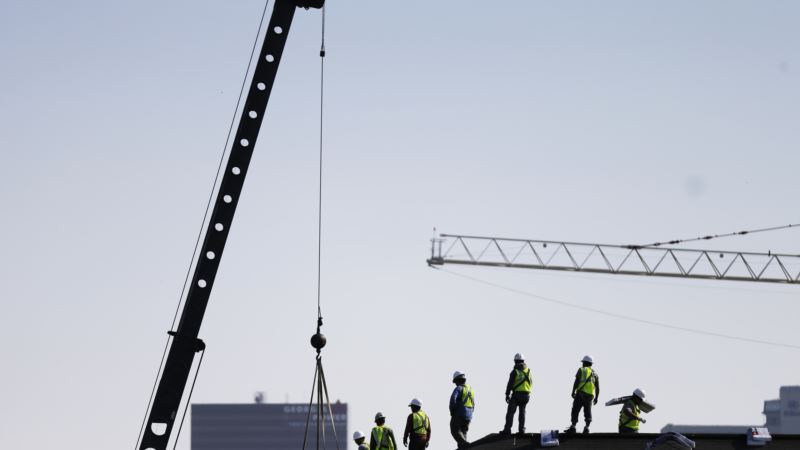The productivity of American workers rose in the July-September quarter at the fastest pace in two years while labor costs slowed after a big jump in the spring. Productivity increased in the third quarter at a 3.1 percent rate, the Labor Department reported Tuesday. That followed three quarterly declines and was the best showing since a 4.2 percent increase in the third quarter of 2014. Labor costs edged up at a 0.7 percent rate in the third quarter, following a much faster 6.2 percent jump in the second quarter. The productivity figure was unchanged from an initial estimate a month ago while the 0.7 percent rise in unit labor costs was slightly higher than an initial estimate of a 0.3 percent gain. Economists said they thought the jump in productivity in the summer would be short-lived. They forecast that productivity would return to the anemic gains seen over the past nine years. Since 2007, annual productivity increases have averaged just 1.3 percent. That is just half the 2.6 percent average gains turned in from 2000 through 2007, when the country was benefiting from the increased efficiency from greater integration of computers and the internet into the workplace. Productivity, the amount of output per hour of work, is the key factor that supports rising living standards. Rising productivity means increased output, which allows employers to boost wages without triggering higher inflation. The revised estimates for productivity and output followed the government's revisions to the gross domestic product, the economy's total output of goods and services, last week. The revision boosted GDP growth in the third quarter to 3.2 percent, up from an initial estimate of 2.9 percent. Federal Reserve Chair Janet Yellen has pointed to the long-term slowdown in productivity growth as a key challenge facing the country. Economists believe that businesses need to start focusing more on raising the efficiency of their existing workforce rather than just hiring more workers to meet demand. Analysts expect companies to put more emphasis on increasing productivity as the labor market hits full employment and the pool of available qualified workers diminishes.
US Workers’ Productivity Jumps in Third Quarter






